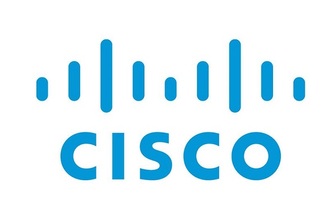In the first of a series exploring what 2017 holds for unified communications, Peter Gothard turns the spotlight on collaboration, and consults industry experts
There wasn't a hipster in the land who wasn't boasting about how Slack revolutionised their startup/creative collective/micro brewery/cereal café in 2016.
But now the hype is dying down over collaboration software hitting its popular stride, and me-too products like Huddle, Jive and Trello are becoming household names too, it's time to start asking how this technology may start affecting our unified communications infrastructure.
Adrian Hipkiss, VP & MD EMEA at ShoreTel, goes so far as to predict collaboration will "take the lead" in unified communications this year. In line with IDC predictions of 75 per cent of IT spending going on third platform tech - that is cloud, mobile, analytics and social media - Hipkiss is convinced that collaboration software is here to stay.
The "decision power" end users are now gaining, leading to better ease-of-use and user experience mean the drive will continue towards genuinely useful, collaboration-based products.
Todd Carothers, a VP at VoIP solutions firm CounterPath, concurs:
"Microsoft and BroadSoft have both released products that focus on this in 2016, so it's certainly gathering steam," he says.
"2017 will be the year this becomes widely available across all segments of the enterprise, granting the capability to have a threaded communications experience beyond simple screen sharing and video calling."
But with all this also progress, there also inevitably comes consolidation:
"We will see growing partnerships and consolidation in the marketplace as vendors shift to focus on creating the best full stack solution rather than a standalone technology. IT spending for integrated collaboration stacks will continue to grow as companies forgo point solutions with integration challenges," he says.
This presents an escalation of a focal problem of a Computing and NetScout whitepaper late in 2016, when we identified that unified communications systems being "increasingly… integrated with production applications and other IT systems that are being administered by non-IT management" are meaning IT loses control while users exercise that "decision power".
Network monitoring, it seems, may be more essential than ever in 2017.
Meanwhile, Patrick Harper, CTO at conferencing and collaboration solutions firm PGi spelled out other more detailed concerns that unified communications network managers should be looking out for in 2017.
Security, of course, is always a huge element of any network.




















